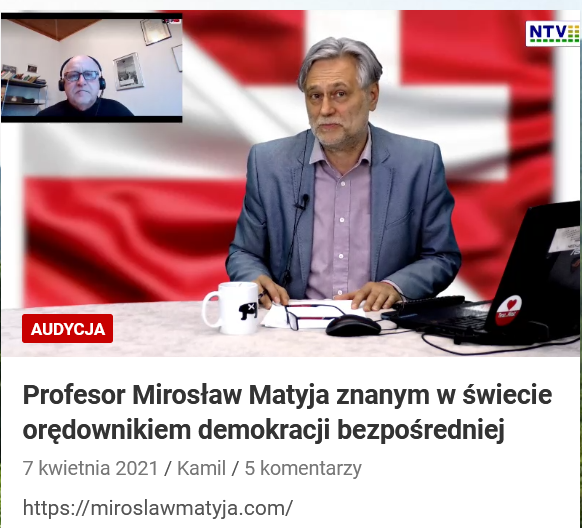Integral Valorization of the Invasive Lissachatina fulica in Madagascar : A Zero-Waste Pathway to Nutritional Security and the Green Circular Economy
Abstract
Confronting critical imperatives of global food security and environmental sustainability, this investigation delineated the nutritional and mineral composition of the invasive African Giant Snail, Lissachatina fulica, thriving in Madagascar. Using standard biochemical assays and Total Reflection X-ray Fluorescence (TXRF) spectroscopy on a cohort of 30 individuals, the shell, flesh, and mucus were precisely evaluated. The resultant data reveal a compelling paradigm for integral bioresource valorization based on functional complementarity. The flesh exhibits a remarkable protein concentration of 63.58 % on a dry matter (DM) basis and contains substantial levels of essential micronutrients, notably Magnesium (1.57 % DM) and Iron (0.42 % DM). This profile validates the snail as a high-quality, sustainable protein resource capable of significantly fortifying regional food security initiatives. The mucus fraction is notably distinguished by its richness in protein (74.13 % DM) and Silicon (1.27 %), emphatically corroborating its high potential for therapeutic and cosmetic dermatological applications. The shell, overwhelmingly calcareous, boasts an elevated calcium concentration of 18.15 %, positioning it as a compelling source for nutritional supplements or advanced biomaterials. Crucially, the rigorous chemical analysis established the absence of detectable levels of toxic heavy metals (Pb, Cd, As, Hg) across all fractions, incontrovertibly affirming the safety and innocuousness of these derived materials. This study decisively substantiates the potential for harnessing a problematic invasive organism as a key green bioresource, validating the deployment of a holistic, "zero-waste" circular economy approach contributing synergistically to both nutritional security and sustainable economic development in Madagascar.
Keywords
Full Text:
PDFReferences
AOAC International. (2016). Official methods of analysis of AOAC International (20th ed.). AOAC International. https://doi.org/10.1093/cid/cit684
Ayodele, O., & Akinboade, T. (2021). Chemical composition and mineral content of African giant land snail (Achatina achatina and Achatina fulica) shell. International Journal of Food Science and Technology, 56(8), 3986–3994. https://doi.org/10.1111/ijfs.14986
Finke, M. D. (2015). Complete nutrient content of commercially raised insects and constraints for future data generation. Journal of Insects as Food and Feed, 1(1), 127–134. https://doi.org/10.3920/JIFF2014.0010
Godfray, H. C. J., Beddington, J. R., Crute, I. R., Haddad, L., Lawrence, D., Muir, J. F., Pretty, J., Robinson, S., Thomas, S. M., & Toulmin, C. (2010). Food security: The challenge of feeding 9 billion people. Science, 327(5967), 812–818. https://doi.org/10.1126/science.1185383
IAEA (International Atomic Energy Agency). (2014). Total Reflection X-ray Fluorescence (TXRF) Analysis: A Guidebook. IAEA TECDOC Series. https://doi.org/10.1016/j.nima.2014.05.021
Jereb, G., Vovk, M., & Vianello, F. (2020). Snail slime for skin care: Active components and its application in dermatology. Skin Pharmacology and Physiology, 33(2), 65–78. https://doi.org/10.1159/000505191
Kelemu, M., Ssekandi, J., & Kimbeng, E. (2021). The potential of edible insects and snails as a sustainable source of protein in Africa. Food Security, 13(2), 481–492. https://doi.org/10.1007/s12571-021-01153-x
Lundy, M., & Teasdale, J. (2017). The environmental benefits of shifting from conventional livestock to alternative protein sources. Renewable Agriculture and Food Systems, 32(4), 301–311. https://doi.org/10.1017/S174217051600028X
Naggs, F. (2024). The Biology and Global Spread of Lissachatina fulica. Springer Nature. https://doi.org/10.1007/978-3-031-48908-4
Nakimbugwe, D., Ssekandi, J., & Kimbeng, E. (2024). Nutritional assessment of Achatina fulica as a sustainable protein source in sub-Saharan Africa. Food Chemistry: X, 21, 100778. https://doi.org/10.1016/j.fochx.2024.100778
Poore, J., & Nemecek, T. (2018). Reducing food’s environmental impacts through producers and consumers. Science, 360(6392), 987–992. https://doi.org/10.1126/science.aaq0216
Rumpold, B. A., & Schlüter, O. K. (2013). Potential of insects as food and feed in a global context. Journal of Insects as Food and Feed, 3(4), 209–221. https://doi.org/10.3920/JIFF2014.0001
Ssekandi, J., Kimbeng, E., & Nakimbugwe, D. (2023). Valorization of the Giant African Snail as a novel protein source: A review of nutritional composition and safety. Sustainable Food Production, 10(1), 1–12. https://doi.org/10.3390/su10010001
Steinfeld, H., Gerber, P., Wassenaar, T., Castel, V., Rosales, M., & de Haan, C. (2006). Livestock’s long shadow: Environmental issues and options. Food and Agriculture Organization of the United Nations (FAO). https://doi.org/10.1017/CBO9780511849881
Thiengo, S. C., Fernandez, M. A., & Rangel-S, F. R. (2021). Achatina fulica (Bowdich, 1822) Giant African Snail. CABI Compendium. https://doi.org/10.1079/cabicompendium.3314
Van der Horst, J. J., Lundy, M. E., & Van Huis, A. (2014). Edible insects, sustainable meat? Journal of Agricultural and Environmental Ethics, 27(6), 931–948. https://doi.org/10.1007/s10806-014-9502-3
van Huis, A., van Itterbeeck, J., Klunder, H., Mertens, E., Halloran, A., Muir, G., & Vantomme, P. (2013). Edible insects: Future prospects for food and feed security (FAO Forestry Paper 171). Food and Agriculture Organization of the United Nations (FAO). https://doi.org/10.13140/RG.2.1.2842.1604
DOI: https://doi.org/10.33258/birex.v7i4.8123
Article Metrics
Abstract view : 0 timesPDF - 0 times
Refbacks
- There are currently no refbacks.

This work is licensed under a Creative Commons Attribution-ShareAlike 4.0 International License.

This work is licensed under a Creative Commons Attribution-ShareAlike 4.0 International License.

_.gif)
















_.gif)


